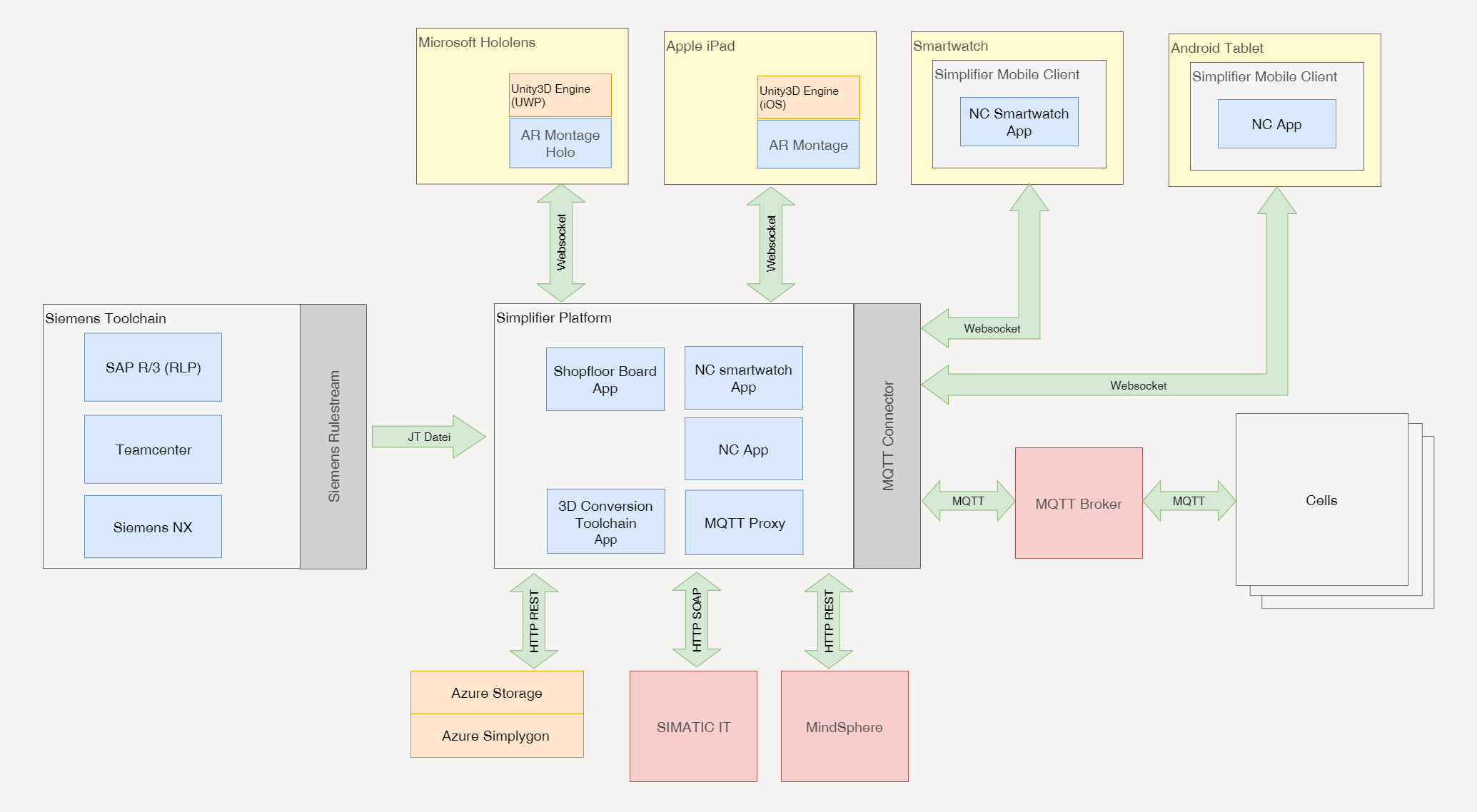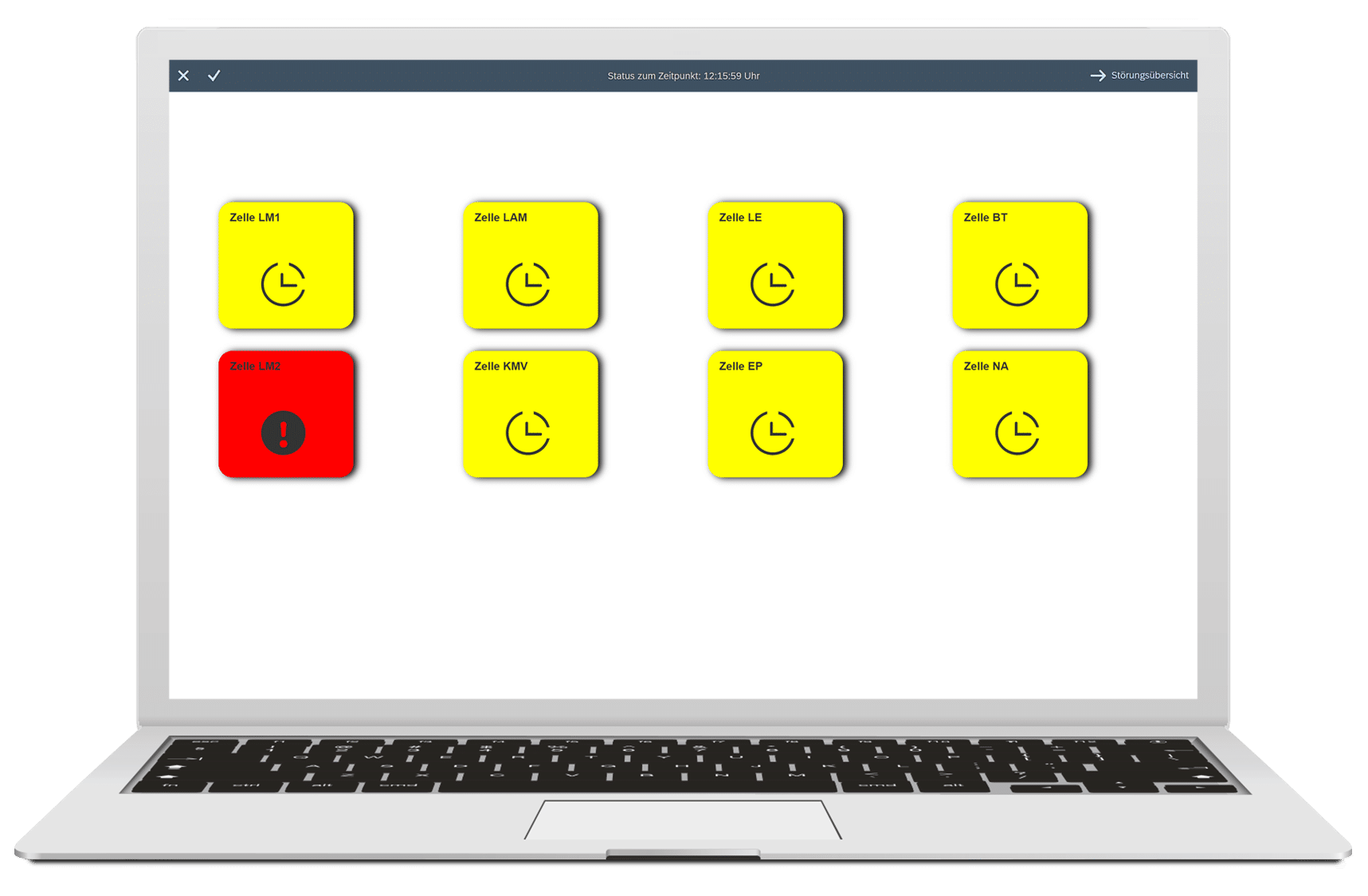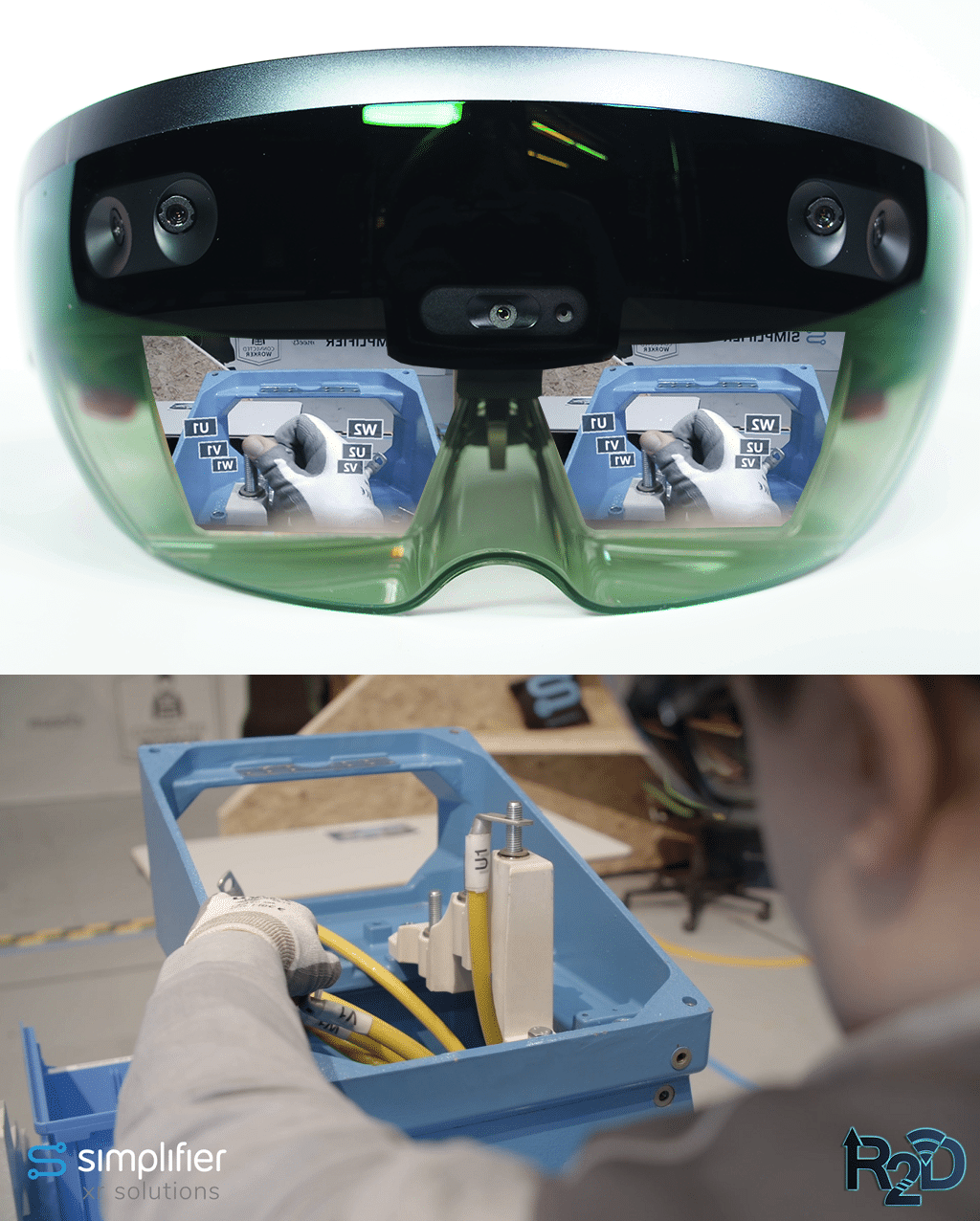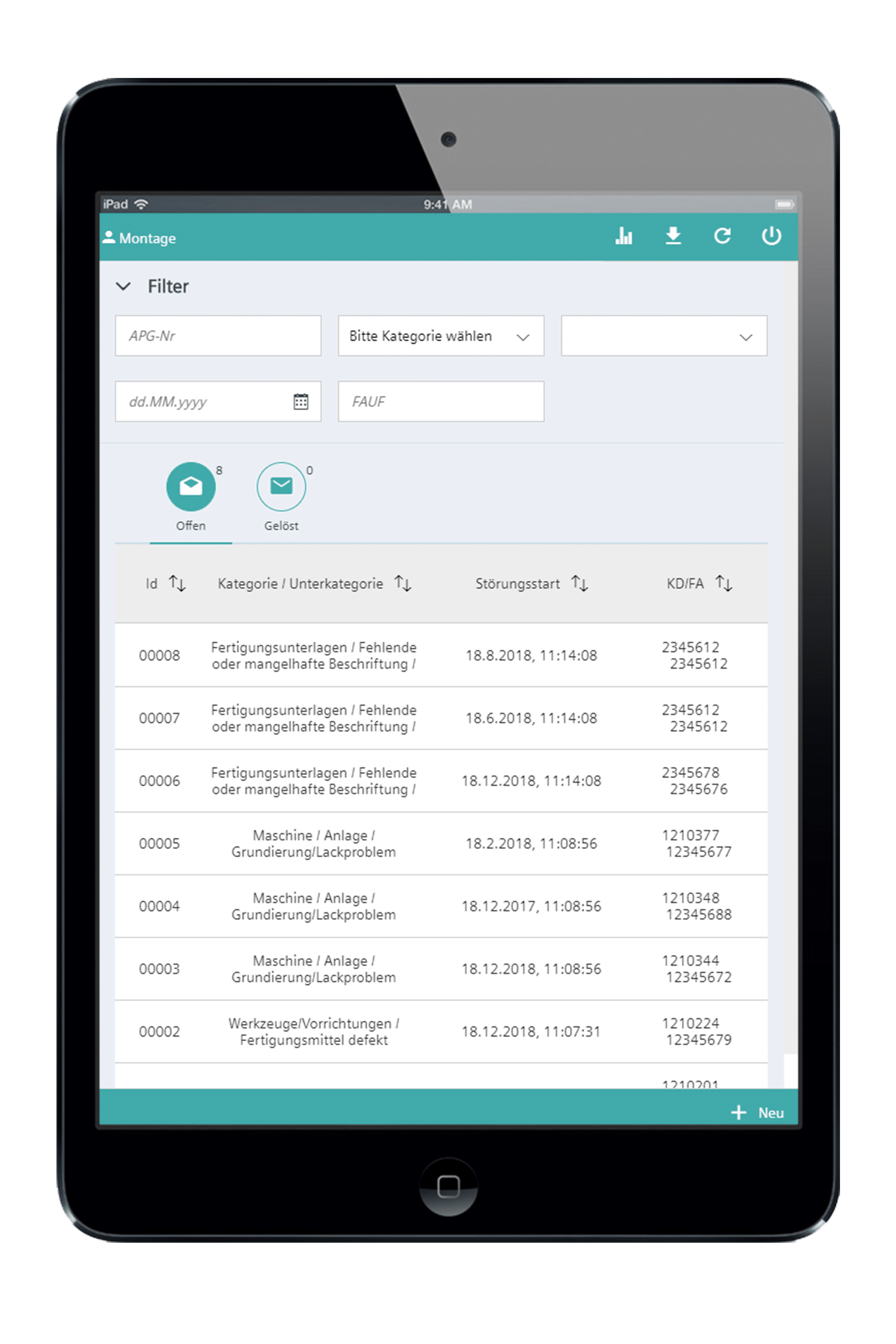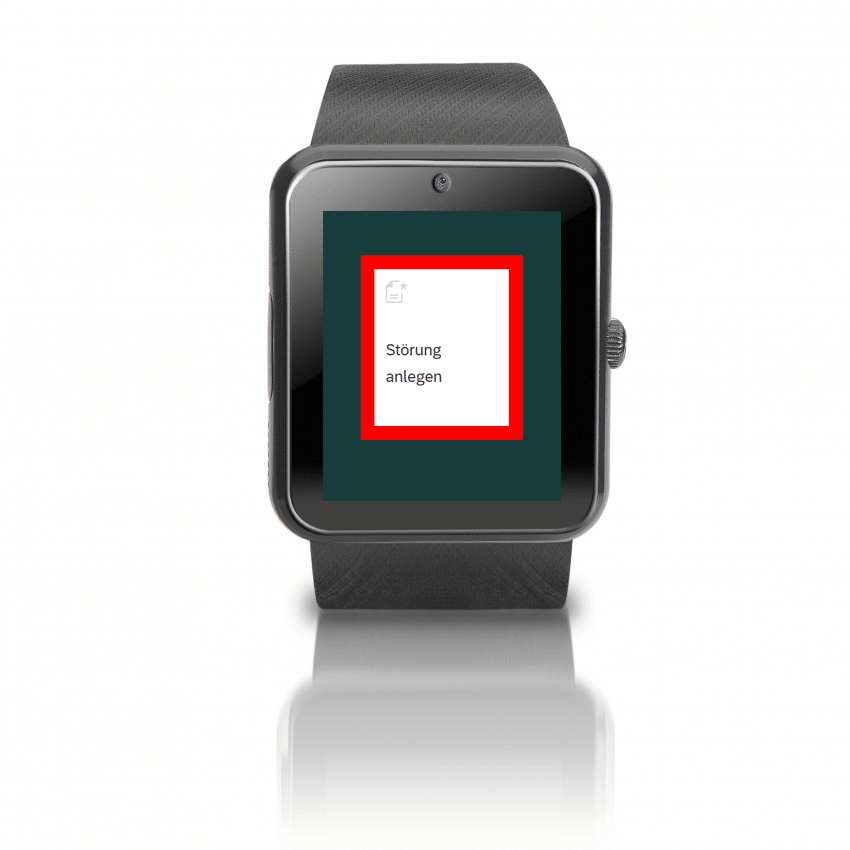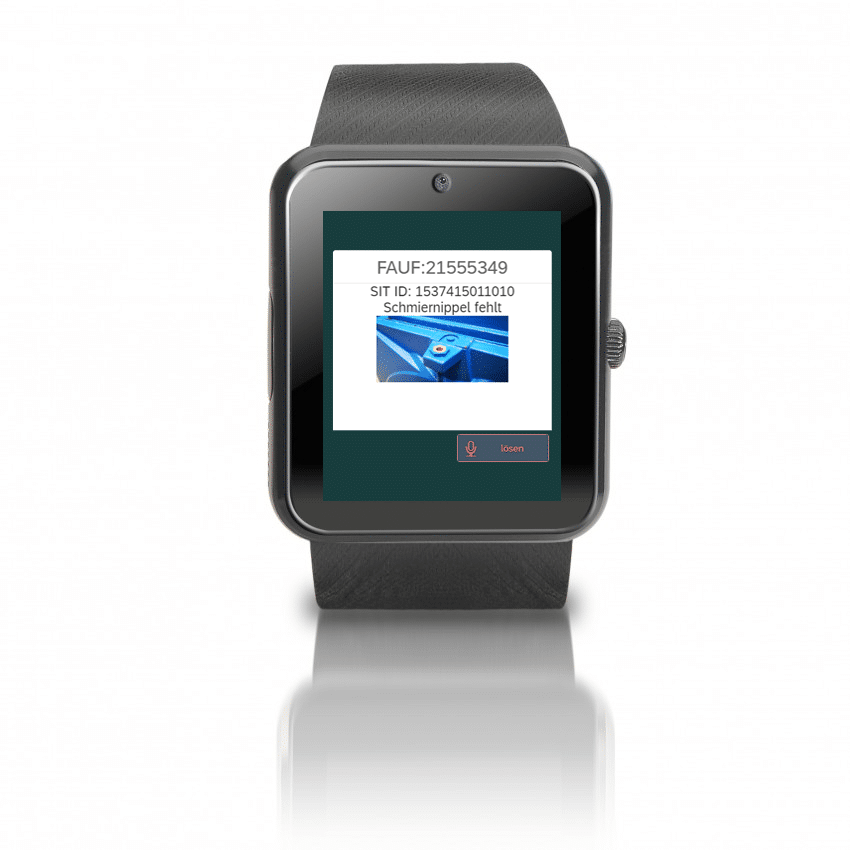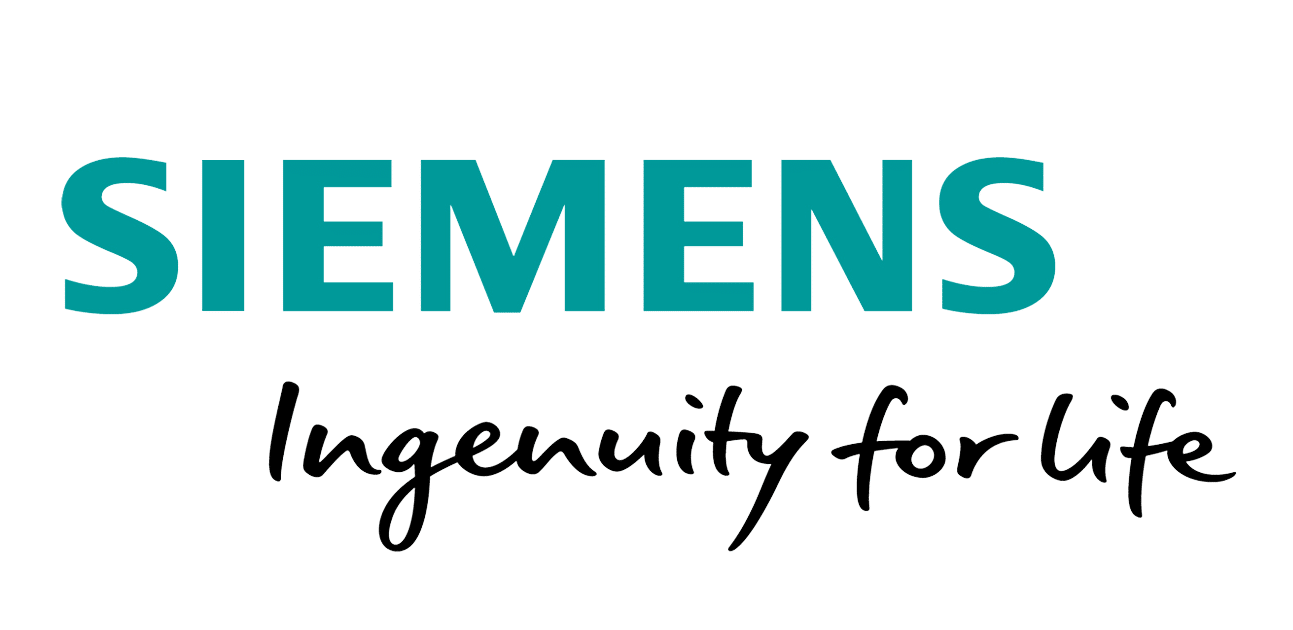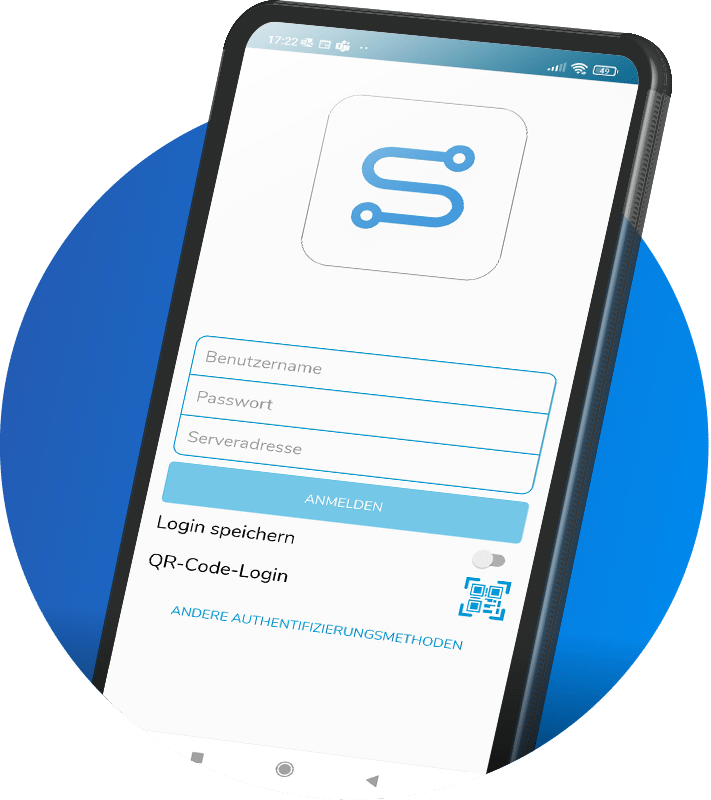R2D – Road to Digital Production
The creation of a Cyber-Physical Production System (CPPS)
1
Initial Situation
The requirements for efficient production processes are constantly increasing in the face of global competition. Digitization and data analysis are intended to increase efficiency, flexibility and quality. The Siemens plant in Nuremberg produces low-voltage electric motors in a production line with batch size 1. Without digital support, this process is very time-consuming and partly error-prone due to many manual steps. In order to sustainably improve production efficiency, an adequate solution was sought to streamline the processes in the entire cell-based production line.
Furthermore, from a lean point of view, all optimization potentials should be exploited in such a way that the best possible KPIs can be achieved under existing conditions. So-called “cyber-physical systems” can contribute to this solution. In the “R2D – Road to Digital Production” project, the digitization of industrial production processes was to be driven primarily by the development of a cyber-physical production system (CPPS). In addition to cross-linking the devices and using data from different systems, this requires above all applications (mobile and desktop apps) that digitally support the worker in each individual cell and have a positive effect on the smooth flow in each individual cell as well as in the entire line production.
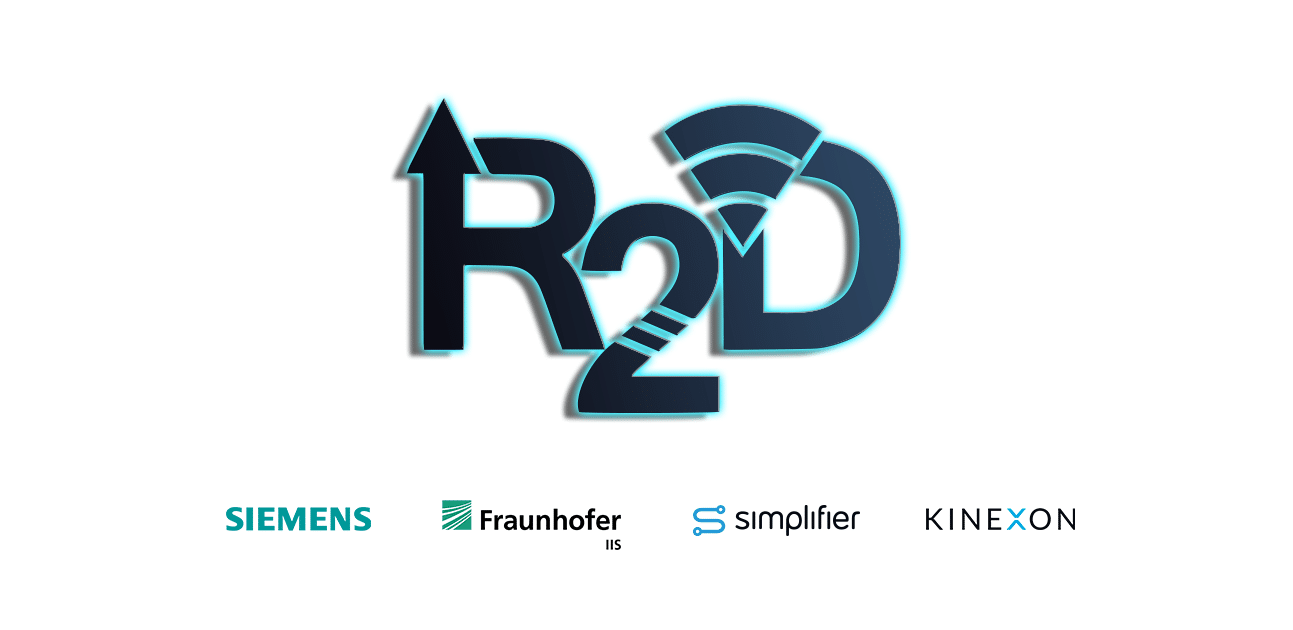
2
Challenge
The R2D research project was intended to show that the digitalisation of production can lead to both increased efficiency and optimum quality assurance. Finally, the results should contribute to the development of new technologies for cyber-physical production systems (CPPS) and to the definition of principles and methods for the manufacturing and assembly of a product with batch size 1.
A major challenge within the R2D project was to create digital worker assistance applications for different cell processes and to provide the user with the necessary contextual access to process-relevant data. Simplifier thus had two important tasks for the R2D project:
System Integration
Goal 1: Simplifier is intended to create the possibility of connecting all systems required for the Cyber Physical Production System (CPPS) with each other and with each other.
The individual devices and machines in the CPPS communicate via the MQTT broker (Message Queuing Telemetry Transport). However, not all systems are MQTT-capable. With the help of the Simplifier, an interface was created via which such systems can still communicate with the MQTT-Broker and transmit data. Furthermore, the IoT platform MindSphere from Siemens could be integrated. It records the status of each cell, which is visualized in color by the Simplifier application.
Connected Worker
Goal 2: The worker of the future should interact with the smart systems with the applications that are created using Simplifier.
How can the worker of the future be equipped with mobile devices that enable him to interact with the system using applications? Several applications have been developed on Simplifier for this purpose, which implement precisely such scenarios.

“I discovered Simplifier through Internet research. We needed a partner who could integrate the IT systems and enable the possible technologies, such as Augmented Reality, to “speak”.”
Bernd Wacker, Principal Key Expert, Digital Industries – Motion Control, Siemens AG
3
Solution
With the use of the low-code platform Simplifier, a large number of mobile digital applications could be implemented within a short time, which were to optimize the individual process sequences in the CPPS in the long term. Simplifier takes advantage of the low-code approach, where the added value lies in the configurative creation of enterprise applications. As a result, the required apps for the individual cells within the R2D project could be created quickly and flexibly (device and operating system independent) without much programming effort.
Simplifier was not only used for the creation of apps, but also as a central platform for the communication of machines and systems via MQTT. Since various data-supplying systems are used in the overall process, the platform must function as a data hub (integration layer) and network different systems with each other. Existing system landscapes such as the Siemens Toolchain with the integrated SAP R/3 system, Microsoft Azure Storage and Simplygon for processing 3D data and current machine data from the IOT Mindsphere platform (possible for the first time) are integrated into the processes via different interface protocols. SIMATIC IT, Siemens’ in-house Manufacturing Execution System, is also connected to the Simplifier platform via a standard interface in order to access current data from production and forward it “MQTT translated”.
R2D-applications in use:
By using Simplifier as a data integration layer (middleware), all available data is available centrally via broker and can be used for the applications that have been created.
Automated incident management for line monitoring
The so-called line monitoring has the task of identifying and reporting any problems that occur in the course of the production line and of restarting the production run after the troubles have been solved. The malfunction is identified by sensors, and any deviation from the standard is reported via the connected MindSphere system from Siemens.
The application: Shopfloor Board App
The intended application uses the data from MindSphere to record status messages and integrate them into the overall process so that malfunctions in the process can be detected and reported immediately. The worker accepts the incoming error message via an input on a mobile device and the information that the notification has been accepted is visualized on the shop floor board and the related contact details are displayed. As soon as the fault is rectified, the cell is in a fault-free state again and is reactivated for production (accessible). Confirmation in the system results from a simple click on a button.
Assembling with the Hololens
The worker of the future should be able to use 3D representations of objects for assembly. This requires, besides other things, real-time rendering of the CAD files. For this purpose, a 3D conversion toolchain application was built that converts and downscales CAD files. Thus, the data can be used for virtual and augmented reality scenarios, e.g. with a hololens.
The application: Augmented Reality Assembly App
The “Holo Assembly” app logs on to the Simplifier platform, that is used as middleware in the further application process, and waits for incoming assembly orders. As soon as an autonomous vehicle including motor enters the assembly cell for mounting the conduit block, Simplifier sends a message with the assembly order to the Hololens application via websocket or MQTT protocol. The 3D model that matches cabling information is loaded onto the HMD. Successful download and recognition of the engine is visualized via a futuristic animation on the engine and the worker can confirm the assembly by a gesture. The following cabling process is illustrated by various dialogs and digital labels (U1, W2,…) above the relevant components. As soon as the worker has finished his job, he can close the assembly process by gesture or voice command and send a message to the Simplifier platform. This message is sent via MQTT to the autonomous AGV (automatic guided vehicle) and further processes of the following assembly cells can be started.
Efficient handling and evaluation of incidents
For a smarter way of completing the final acceptance of a product, even when a malfunction occurs, data transmission should be made easier. The worker can request existing data about the product via the MQTT-Broker, and he only has to fill in a few data in case of a malfunction – easily and quickly via mobile device, like a Smartwatch. These data will also be stored in the same system.
The application: Incident Management App
This application helps to record, forward and manage order-related and non-order-related malfunction messages. The app automatically triggers notifications about malfunction messages and ensures that the data is documented and accessible for evaluation in the integrated SAP system. Quality inspection is supported by assess finding with integrated documentation function via photo and video. It is also possible to view a statistical evaluation of all fault messages using a dashboard function.
Rectification solved smartly
If a product needs to be rectified, the worker can retrieve the fault via his mobile device using the MQTT data and can immediately concentrate on solving the problem. As soon as the fault has been rectified, the worker simply logs the information on the mobile device. This data is automatically sent to the MQTT-Broker.
The application: Non-Conformance Smartwatch App
The connected worker receives detailed information about subsequent steps from the error message in the non-conformance app. The worker passes through this step-by-step process until the reworking is completed and re-sent to the quality inspection. Confirmation of the individual steps as well as the successful completion both occur on the mobile device (usually Smartwatch) and are logged in the NC app.
R2D Interview with Bernd Wacker, Siemens AG
About this interview: Bernd Wacker talks about the birth and about his role in the R2D project. Speaking about the challenges at the Siemens plant (Process Industries and Drives Division) in Nuremberg, the consortium partners and the future of the R2D project.
4
Results
The goal of the research and development project was to create technologies, interfaces and infrastructures as a necessary basis for the realization of a digital production. The results show that digitalisation of a production line allows an increase in efficiency and an improved quality assurance. The Smart Production Tag containing communication and positioning functionality and all relevant data helps the product to navigate its way through the whole production process. The Cyber Physical Production System (CPPS) that results from this enables the entire production cycle to be transparent and more manageable.

“We have achieved degrees of completion in various technologies that give us great confidence to transfer the technology to the factory. Many of these machines have already been purchased for the production and can be equipped with the appropriate system. I am absolutely convinced of its success, as we achieved the people working in the production directly to involve them into the project and to offer them a significant added value”.
Bernd Wacker
Principal Key Expert, Digital Industries – Motion Control
Siemens AG
